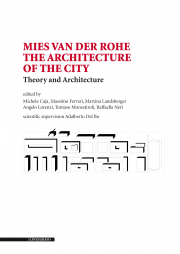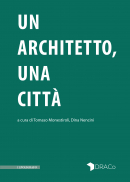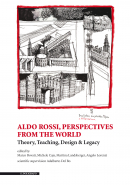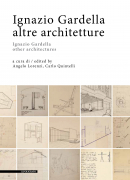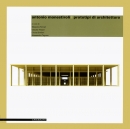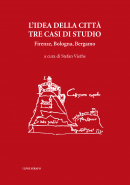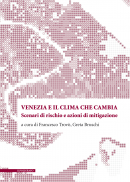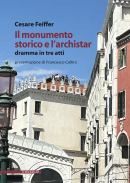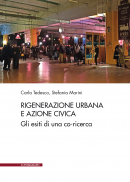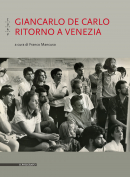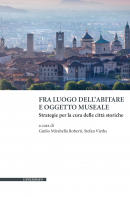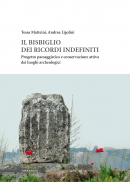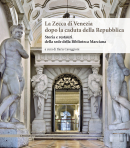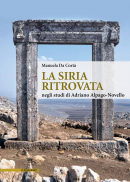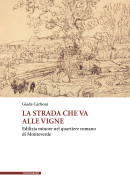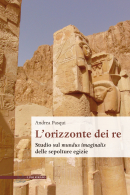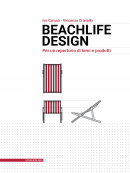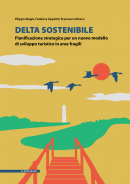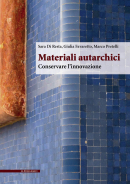Much has been written about the work and thought of Ludwig Mies van der Rohe, but perhaps less attention has been paid to one of the most important aspects of his way of thinking and designing, namely the relationship between architecture and the city.
The volume Mies Van Der Rohe. The Architecture of the City Theory and Architecture aims to fill this gap, gathering the contributions of many international scholars and researchers who, fifty years after the death of the master from Aachen (1886-1969), have tried to confront his extraordinary capacity to think and build the places of the contemporary city.
In fact, Mies’ projects can all be read and interpreted as a meditated and clear reflection on the relationships to be established with urban features, with the specific conditions of the context, and with the elements of nature, always considered as a significant part of the project.
In relation to the diversity of scales with which Mies confronts the city – from the compact structure typical of the historic European city to the open structure of the American experience – his projects can be understood both as architectures capable of weaving close relationships with the consolidated context, and as prefigurations of a different idea of the city realised in the American experience in close collaboration with Ludwig Hilberseimer.
Starting from the central architectural and urban theoretical themes, the book articulates the contributions through various topics (the idea of the city, construction, teaching, public buildings, the house, representation) from which emerges the complexity and richness of a design-thinking that finds in the historical experience and in the adherence to reality its extraordinary actuality.
Mies van der Rohe
The Architecture of the City
Theory and Architecture
scientific supervision Adalberto Del Bo
Michele Caja (1968), M.Arch. at Politecnico di Milano and PhD at Università Iuav di Venezia. He is currently Associate Professor at Politecnico di Milano. His research topics concern the relation between Italy and Germany.
Massimo Ferrari (1965), architect, PhD, is associate professor in Architectural and Urban Composition at Politecnico di Milano. He is a member of the PhD program at University of Bari (PASAP_Med). He mainly focuses his research on the architectural project, on the relationship between form and structure, investigating over the years some recurring themes such as architecture for museums, public buildings in relation to urban space.
Martina Landsberger (1963), M.Arch. at Politecnico di Milano and PhD at Università Iuav di Venezia. She is currently Associate Professor at Politecnico di Milano. Her research topics concern the relation between architecture and construction.
Angelo Lorenzi (1963), M.Arch. at Politecnico di Milano and PhD at Università Iuav di Venezia. He is currently Associate Professor at Politecnico di Milano. His research topics concern the relation between ancient and new in architecture.
Tomaso Monestiroli (1967), graduated in Architecture at the Milan Polytechnic in 1996, is Associate Professor in Architectural Composition at Politecnico di Milano. He has published writings and projects in the main national and international architectural journals and books.
Raffaella Neri, architect, PhD, is full professor in Architectural and Urban Composition at Politecnico di Milano. She is a member of the PhD program at University Iuav in Venice. Her research mainly focuses on architectural theory, on the problem of urban project in the modern city and on the role of construction in architectural design.

